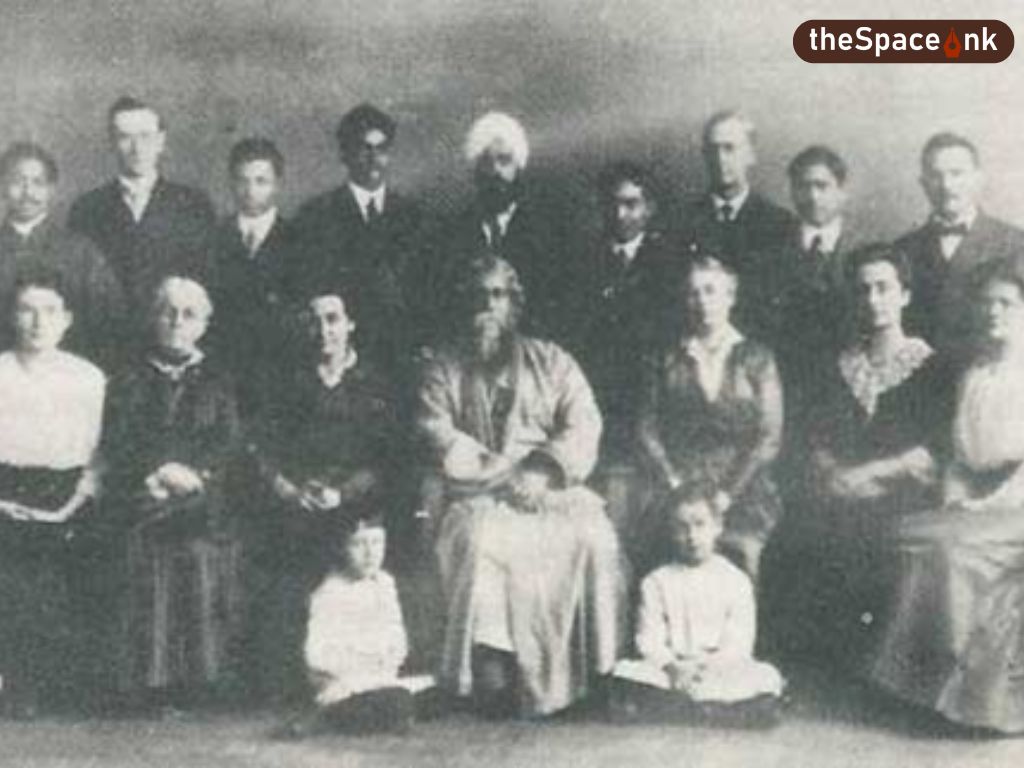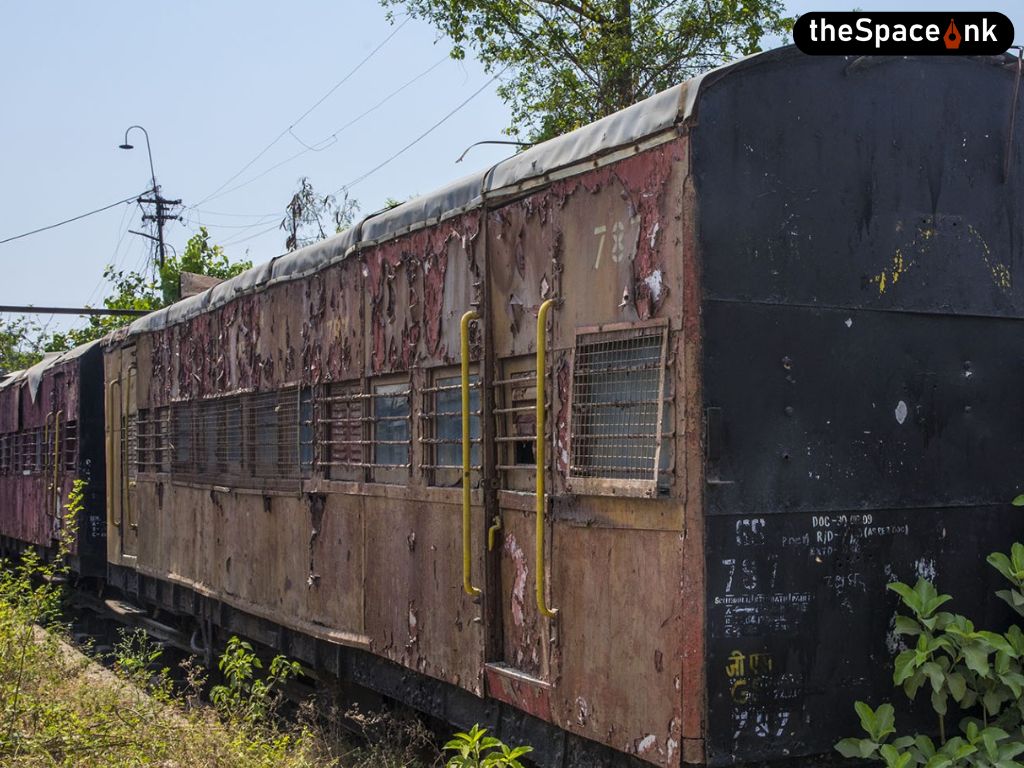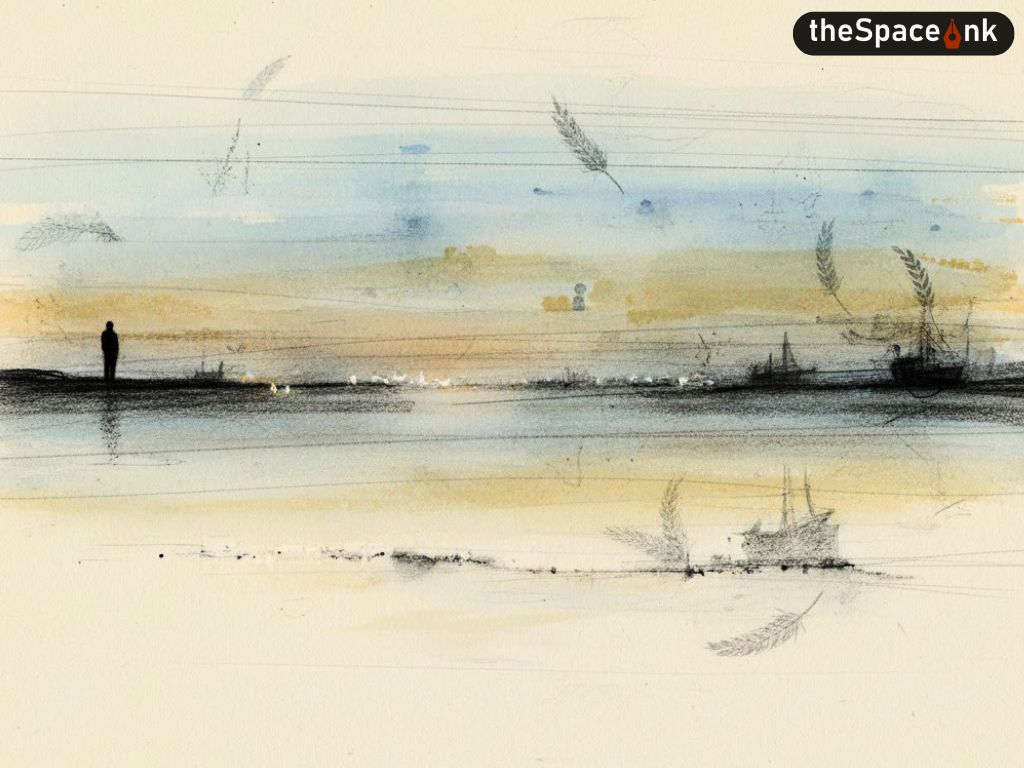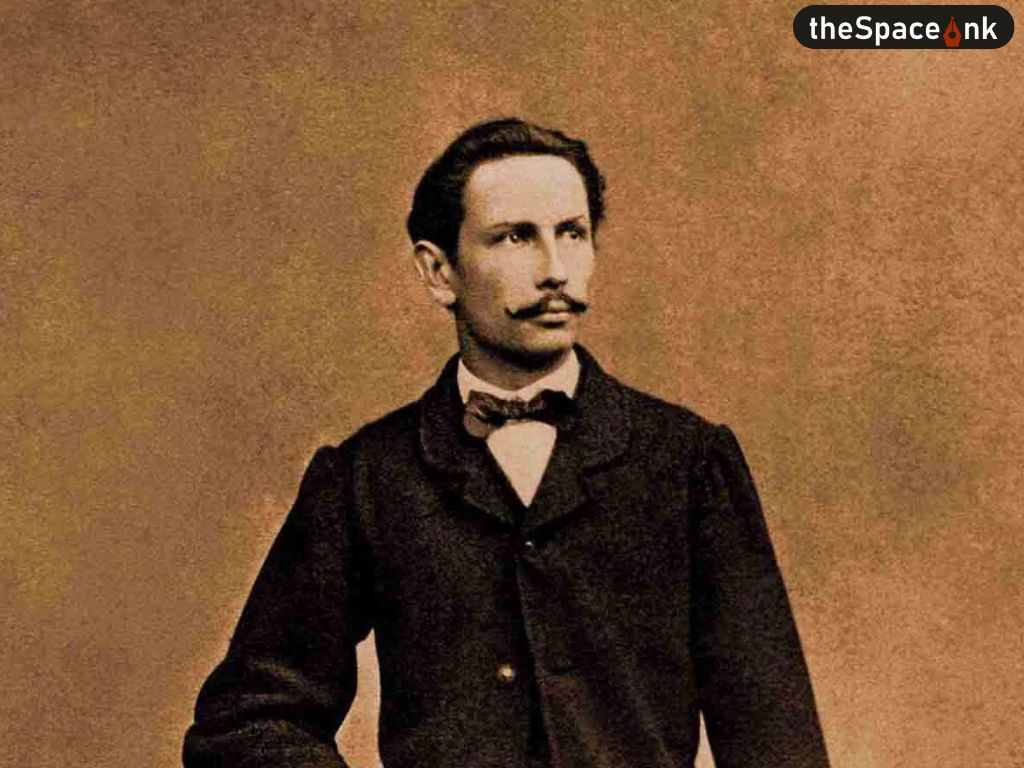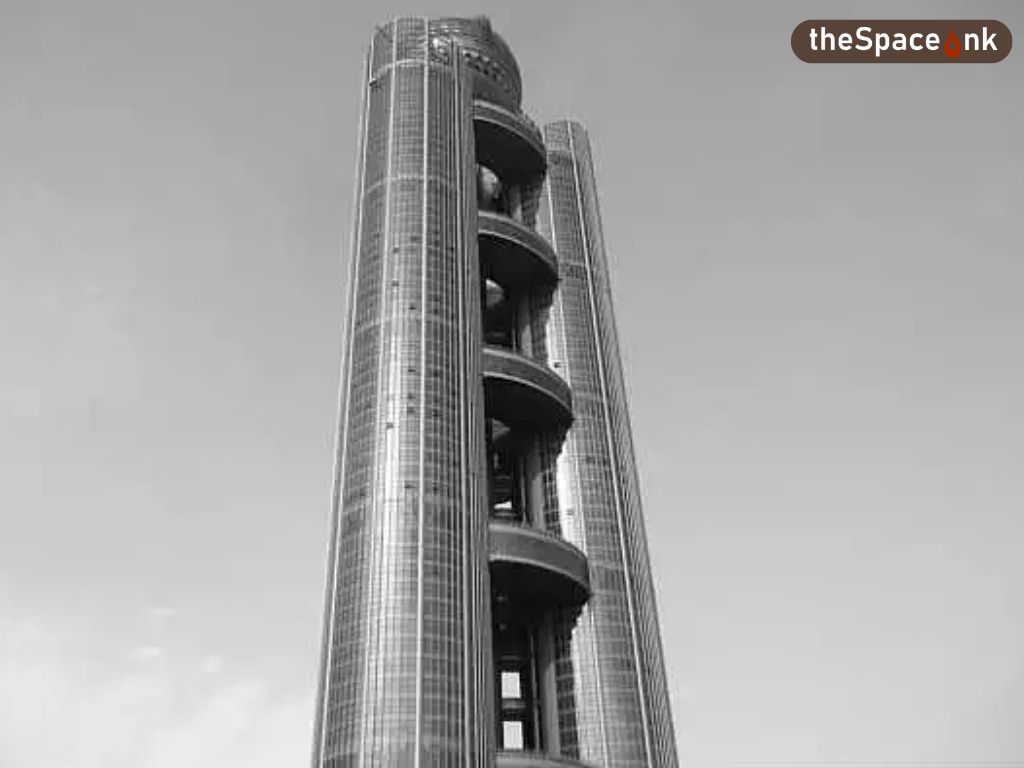(Cosmopolitan Club)
In April 1983, I was invited for a campus job interview at the University of Illinois. That time I was working in Belgium. My flight was from Brussels to Chicago was already two hours late. When I went to the Ozark Airlines counter, I was told to go straight to the gate and get a seat assignment. I had a definite seat preference: a window seat in non-smoking section. When I asked for that, the lady at the departure gate gave me a sharp look and said, “All seats are window seats and all are non-smoking.” (Cosmopolitan Club)
Growing up in a remote village in India, I marveled at North American technological advancement. Assuming that I already missed my scheduled flight, I asked about the next flight to the Champaign. I was told my plane had been waiting for me down the stairs for the last couple of hours; all I had to do was knock at the door. That was the tiniest passenger plane I had ever seen. It was a stormy April evening. There were only half a dozen passengers, and we had to shuffle a few times to keep the plane balanced.
Also Read: Looking Back at Tagore’s ‘Question’
Anyway, we landed at Willard Airport safe and sound. A future colleague received me and on our way from the airport, he proudly stated that Willard was the University’s own airport and explained the barren fields on the two sides of Neil Street as the most fertile land in the world. He added that my accommodation had been fixed at the tallest building in town, the University Inn on John Street. I was also put at the top floor of the hotel so that I could also get a good view of the town. (Cosmopolitan Club)
After dinner, I went to my hotel room and pulled the curtain to have a view. The narrow John Street was dark and deserted. The only sign of life was a colorful signboard flickering in the dim street light. It read, “Cosmopolitan Club.” Next day I dropped by the club, and met some wonderful students. That was my first introduction to Urbana-Champaign outside the department where I joined in the Fall of 1983. During the 1980s I became more familiar with the Cosmopolitan Club, and over the years my initial impression turned into great admiration for this great institution. Therefore, Cosmopolitan Club has a very special place in my heart. (Cosmopolitan Club)

Let me now get back to the topic and begin at the beginning—100 years ago—Fall semester 1906. A student from India encountered a quad preacher who was popularly known as Billy Sunday. The student was shocked to hear Billy Sunday’s very unkind remarks about other religions. The student did not have enough courage to challenge Billy Sunday on the spot. To fulfill his civic duty, he sent a mild protest letter to the student newspaper, the Daily Illini. It had the effect of throwing a stone at a beehive.
“I will simply call him, Rathi. He is one of the two Tagores I’ll talk about. The other is Rathi’s famous father, Rabindranath Tagore, the Nobel Laureate poet, writer, painter, and educational reformer.”
The student was assailed from all quarters. Quite frightened, he almost decided to pack up and go back to India. And then there appeared a strong editorial in the Daily Illini, supporting the Indian student’s view and his every right to express it. And that saved the day. (Cosmopolitan Club)
Many of you would know that (assistant) editor of the Daily Illini; he was Carl Van Doren (1885-1950), a senior year student at the University of Illinois. Later, he became one of the most famous literary critics. He was literary editor of the Nation (1919-1922), Century Magazine (1922-1925), The Cambridge History of American Literature (1917-1922), The Literary Guild (1926-1934) and Columbia Encyclopedia. And the Indian student was Rathindranath Tagore.
Also Read: The Day I Recited a Bengali Poem Before a Turkish Audiencea
I will simply call him, Rathi. He is one of the two Tagores I’ll talk about. The other is Rathi’s famous father, Rabindranath Tagore, the Nobel Laureate poet, writer, painter, and educational reformer. I will talk much less about the senior Tagore. He is quite well known at least in this town through the annual Tagore Festival. (Cosmopolitan Club)
These two students—Carl Van Doren and Rathi Tagore—epitomize what the University of Illinois stands for. Carl Van Doren was born in a small town called Hope, near Danville, just a few miles from here. Rathi Tagore came from Calcutta, the then Capital of India, and the second largest city (after London) under the British Empire, 10,000 miles away.
“Rabindranath was convinced that to uplift the rural India, adoption of technology, and scientific methods in agriculture were essential. Rathi and Santosh secured a letter of introduction to a professor at Berkeley.”
But why did Rathi come all the way to a then-provincial town for higher studies? During the early part of the last century it was not common for Indian students to come to the United States. They would rather go to England to study law or to sit for the Indian Civil Service (ICS) Examination for a lucrative job under the British Raj. (Cosmopolitan Club)

Chance played a big role in his coming to the University of Illinois. An Indian charitable organization planned to send some students to the United States to study science and industry. Rabindranath Tagore asked his son Rathi and Santosh Majumdar, son of a friend of his, to join the students, and study at an American University which provided training in agriculture. Rabindranath was convinced that to uplift the rural India, adoption of technology, and scientific methods in agriculture were essential. Rathi and Santosh secured a letter of introduction to a professor at Berkeley. (Cosmopolitan Club)
“After a few days Rathi and Santosh met Mr. Miner and discovered that the telegraph had been changed to “Two students from Indiana.”
All the students had to come through Japan, where they were screened by American doctors. Thousands of young Asians were queuing up to come to the United States. The health checkup was very quick. Rathi was eliminated on reason of an eye disease. He then went to a Japanese eye specialist and explained his problem. The Japanese doctor laughed and said he would give him a prescription not for his eye because there was nothing wrong, but how to pass the health checkup. (Cosmopolitan Club)
He said it was purely a “law of large number.” The American doctor was screening so many people every day, he would not remember anybody. The eye doctor advised Rathi to stand in the queue again and again. Rathi got approved on the third day. (Cosmopolitan Club)

Rathi and Santosh had third-class tickets in a passenger ship—twenty-eight people herded together in a cabin, lined with five tiers of bunks. The ship arrived in San Francisco in the morning of the fateful day of April 18, 1906—the day the great earthquake and fire devastated the city. From the ship dock they saw the charred remains of a few skyscrapers and the thick black clouds of smoke. That was the first glimpse Rathi and Santosh got of the United States. (Cosmopolitan Club)
Also Read: Letter from America
The solitary letter of introduction for a Berkeley professor was now useless—since that campus was destroyed too. Then somebody told them there was a good agricultural college at the University of Illinois. They knew about the big city Chicago, and thought the University could not be that far from it. Of course, it was not “near” either. They took a train from Chicago to Champaign. Before that, they had a inspired thought: they sent a telegraph to the Secretary of the YMCA, Mr. J.H. Miner, to ask him to receive them at the Champaign station. (Cosmopolitan Club)
They congratulated themselves on such an inspiration, but nobody was waiting for them at the station. After a few days Rathi and Santosh met Mr. Miner and discovered that the telegraph had been changed to “Two students from Indiana.” The lady at the Chicago telegraph office made the correction herself, doubting the existence of any place called “India.” Indiana being the neighboring state, Mr. Miner did not bother to receive the two students. (Cosmopolitan Club)
To Be Continued…
Photo Courtesy: Author
Anil K Bera is an internationally renowned econometrician. He is Professor of Economics at the University of Illinois at Urbana–Champaign's Department of Economics. He is most noted for his work with Carlos Jarque on the Jarque–Bera test. Anil Bera was born in remote village in West Midnapore and attended college at the Indian Statistical Institute, Kolkata and received his Ph.D. in Econometrics from the Australian National University. His sense of humour and wit makes him a cynosure of all parties.


